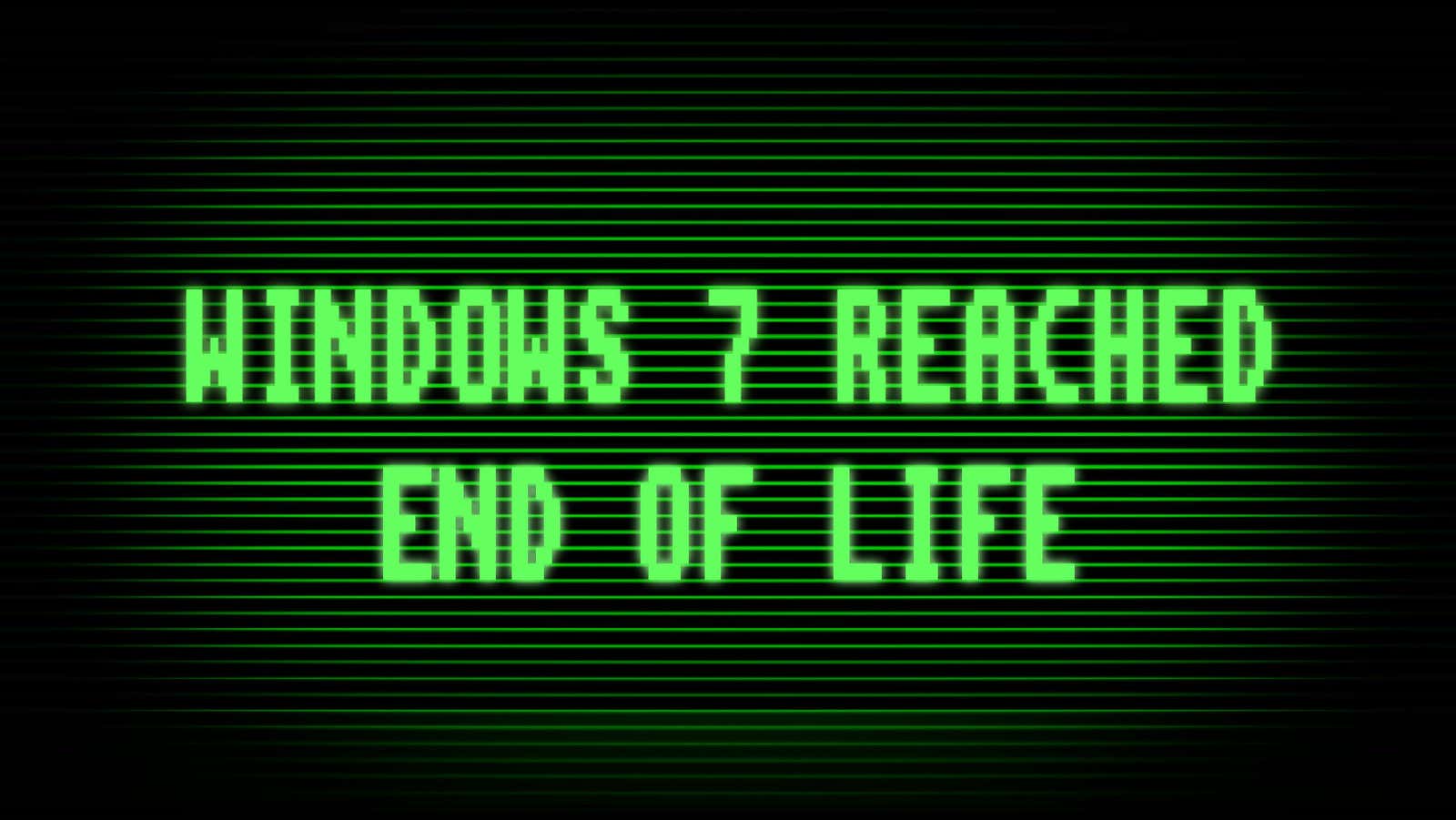Windows 7 Is Officially Dead

Windows 7 was launched in October 2009 . Barack Obama was president, Avatar was due in theaters soon, and swine flu was officially declared a global pandemic. Since then, the world has changed a lot (for example, Avatar 2 takes place in the water, not in the forest), as does Windows. While Microsoft ” officially” ended support for Windows 7 on January 14, 2020, it did officially end support this week. If you’re still using it (or Windows 8.1, for that matter), you really shouldn’t be doing this.
Microsoft will end software support for the Extended Security Update (ESU) program for Windows 7 on Tuesday, January 10, according to Bleeping Computer . This program provided a three-year paid exception due to Microsoft’s withdrawal from Windows 7 for Professional. and corporate users who relied on the operating system to run certain software. However, this week, even ESU customers will find that their versions of Windows 7 are just as unsupported as the rest.
It’s not just Windows 7 that’s out of time: Microsoft is also officially ending extended support for Windows 8.1, which was released in October 2013. In addition, many third-party developers are also dropping support for older versions of Windows. On Tuesday, Google is ending support for Chrome for Windows 7 and 8.1 , and Microsoft Edge 109 will also be the last Edge update for those versions of Windows.
What does it mean when an operating system is no longer supported
When a developer like Microsoft stops supporting their software, it doesn’t mean that the software itself stops working. After Tuesday, you will still be able to boot a PC running Windows 7 or 8.1, and it will most likely work the same as on Monday. The same goes for Chrome and Edge. However, the real problem isn’t that Microsoft has finished adding new features to Windows 7 (the ship has long since sailed). Rather, the problem is that the company will no longer release new security patches, which makes using Windows 7 and 8.1 particularly dangerous in 2023.
Security updates are a necessary part of digital life. Software has flaws from the start, and those flaws are eventually discovered by developers, researchers, or attackers. If the wrong people figure out how to use these flaws against users, it could give them the opportunity to take over your computer and steal your data or hold it for ransom.
While these risks exist for any OS, developers tend to diligently patch vulnerabilities as they are discovered – a security hole is useless to a hacker if their victims can fix it with the latest software update. But if those updates never come—as is now the case with Windows 7 and 8.1—the time has come for hackers looking for easy prey.
Too many of us have a habit of throwing out very good technology ahead of time. Many of us would do well to keep our phones and computers for another year or two (or more). But Windows 7 has proven itself very well from a technological standpoint, and the sad truth is that almost 13 years later, its use is officially unsafe for everyone. And given that approximately 11% of the world’s computers are still using it, the transition in the future will not be easy.